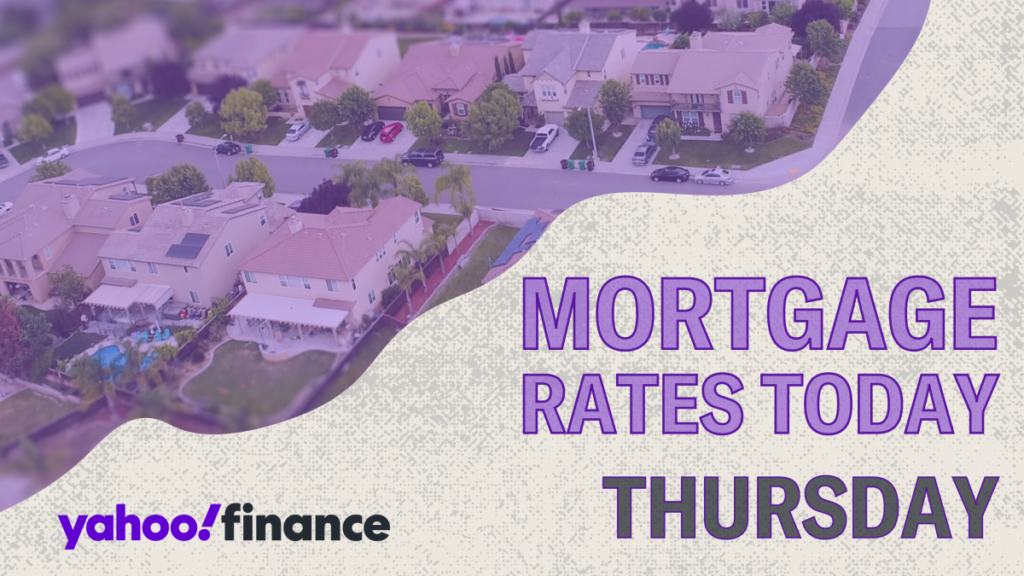Mortgage rates have experienced considerable fluctuations since the recent presidential election, generally trending upwards. According to data from Zillow, the 30-year fixed mortgage rate has risen by four basis points to 6.63%, paralleling the increase in the 5/1 adjustable-rate mortgage (ARM) which also stands at 6.63%. The outcome of the election and the potential implications of a Trump presidency appear to suggest that mortgage rates may continue to rise in the near future. This trend aligns closely with the behavior of the 10-year Treasury yield, which typically dictates movements in mortgage rates. Recent weeks have seen an upward trajectory in the yield, reflecting increased investor concern and uncertainty regarding economic policies that may be adopted under Trump’s administration. Of particular interest is the Federal Reserve’s upcoming meeting to determine whether it will lower the federal funds rate—an announcement that could have significant ramifications for mortgage rates going forward, particularly highlighting the importance of comments from Chairman Jerome Powell.
As of now, the current national average mortgage rates listed by Zillow are 6.63% for 30-year fixed mortgages, 6.45% for 20-year fixed loans, and 5.79% for 15-year fixed mortgages. For adjustable-rate mortgages, the 5/1 ARM is also at 6.63% while the 7/1 ARM is slightly higher at 6.65%. Additionally, VA loans are available at favorable rates, with the 30-year VA loan at 6.00%, the 15-year VA loan at 5.38%, and the 5/1 VA loan at 6.17%. It’s essential for potential homebuyers and those refinancing to recognize that these figures are national averages, rounded to the nearest hundredth, and may vary significantly based on individual circumstances and lender policies.
When considering mortgage refinancing, the current rates are comparable yet slightly higher than purchase mortgage rates; for instance, Zillow indicates a 30-year fixed refinance rate of 6.64% and a 15-year fixed refinance rate of 5.91%. Refinancing rates tend to be higher due to the additional risk perceived by lenders. For those looking to calculate their mortgage payments, tools like Yahoo Finance’s mortgage payment calculator can provide insights into how differing rates will influence monthly payments, factoring in essential costs like homeowners insurance, property taxes, and potential mortgage insurance.
Mortgages are fundamentally a means of borrowing money for purchasing real estate, with rates typically classified as either fixed or adjustable. A fixed-rate mortgage maintains the same interest percentage throughout the loan term, providing predictability in monthly payments. On the other hand, adjustable-rate mortgages begin with a fixed rate for a set number of years before adjusting annually based on market conditions. For example, a 5/1 ARM would sustain a stable rate for the first five years before it fluctuates based on the prevailing rates. In both cases, early mortgage payments primarily consist of interest, slowly shifting towards principal repayment over the loan’s duration.
Factors influencing mortgage rates can broadly be divided into controllable and uncontrollable aspects. Prospective borrowers can enhance their chances of securing lower rates by improving their credit scores, decreasing their debt-to-income ratios, and making larger down payments. Conversely, uncontrollable factors include overall economic conditions; a struggling economy typically leads to lower mortgage rates as a stimulus for borrowing, whereas a robust economy can push rates higher to curb over-expenditure. It’s also notable that refinance rates are usually a bit higher than those for new purchases.
When examining mortgage terms, 30-year and 15-year fixed-rate mortgages are prevalent choices, each having its advantages. The 30-year mortgage features lower monthly payments but accumulates more interest over time, making it a popular choice for buyers seeking affordability. Meanwhile, the 15-year mortgage, with higher monthly payments, offers lower interest rates and reduces the total interest paid over the loan’s life, enabling consumers to own their home outright more quickly. Recent data from the Home Mortgage Disclosure Act indicates that lenders like Citibank, Wells Fargo, and USAA tend to offer some of the lowest median rates, but potential homeowners are encouraged to shop around among banks, credit unions, and specialized lenders for the best deals available.
In conclusion, while interest rates have been on the rise, the landscape for mortgage borrowing remains dynamic. Current rates hovering around 6.63% for fixed 30-year loans reflect a notable shift from the historically low rates witnessed just a couple of years ago. Although a 2.75% rate was once achievable, especially during 2021, it is unlikely borrowers will see such rates in the immediate future. Financial advisors typically suggest considering refinancing options when the prospective new rate is at least 1% to 2% lower than the current mortgage rate; however, individual goals and the break-even point will ultimately dictate the feasibility of refinancing. Overall, understanding mortgage rate dynamics alongside personal financial standing is crucial for anyone navigating the current real estate market.

